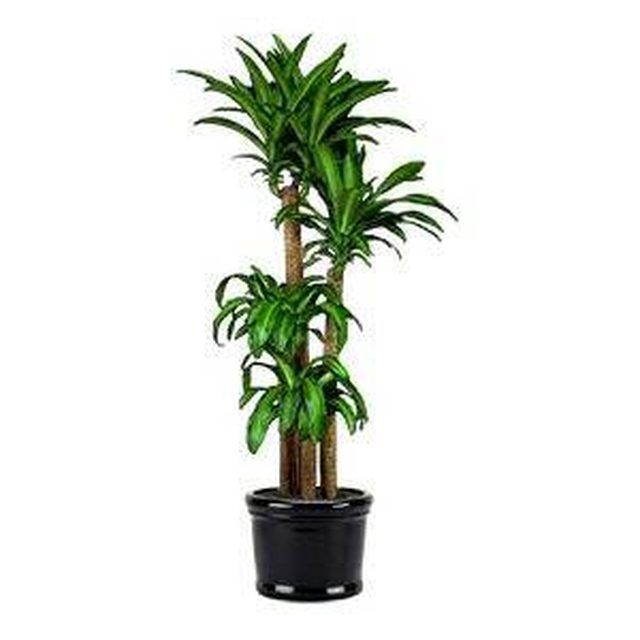Bulbs
Flower Basics
Flower Beds & Specialty Gardens
Flower Garden
Garden Furniture
Garden Gnomes
Garden Seeds
Garden Sheds
Garden Statues
Garden Tools & Supplies
Gardening Basics
Green & Organic
Groundcovers & Vines
Growing Annuals
Growing Basil
Growing Beans
Growing Berries
Growing Blueberries
Growing Cactus
Growing Corn
Growing Cotton
Growing Edibles
Growing Flowers
Growing Garlic
Growing Grapes
Growing Grass
Growing Herbs
Growing Jasmine
Growing Mint
Growing Mushrooms
Orchids
Growing Peanuts
Growing Perennials
Growing Plants
Growing Rosemary
Growing Roses
Growing Strawberries
Growing Sunflowers
Growing Thyme
Growing Tomatoes
Growing Tulips
Growing Vegetables
Herb Basics
Herb Garden
Indoor Growing
Landscaping Basics
Landscaping Patios
Landscaping Plants
Landscaping Shrubs
Landscaping Trees
Landscaping Walks & Pathways
Lawn Basics
Lawn Maintenance
Lawn Mowers
Lawn Ornaments
Lawn Planting
Lawn Tools
Outdoor Growing
Overall Landscape Planning
Pests, Weeds & Problems
Plant Basics
Rock Garden
Rose Garden
Shrubs
Soil
Specialty Gardens
Trees
Vegetable Garden
Yard Maintenance
How to Care for a Massangeana Cane
How to Care for a Massangeana Cane. Do you want a striking houseplant that needs little care and will even tolerate neglect? The massangeana cane, or corn plant, fits that description. The plant's leaves are its best feature--bright green with a yellow stripe. Plus, it tolerates low light and humidity and it does not need--or want--much watering.

Do you want a striking houseplant that needs little care and will even tolerate neglect? The massangeana cane, or corn plant, fits that description. The plant's leaves are its best feature--bright green with a yellow stripe. Plus, it tolerates low light and humidity and it does not need--or want--much watering.
Things You'll Need
Distilled water
Soft cloth
Plant food
Plant shears
Insecticide
Cotton swabs and alcohol
Place your massangeana cane in indirect, bright sunlight for optimum growth. Mass canes will tolerate low light, but they will grow very slowly.
In hot weather or low humidity, mist the plant daily. Dust the leaves with water and a soft cloth as needed.
Water with distilled water. Fluoride, salts and chlorine in tap water can damage the plant's leaves and roots.
Water no more than once a week since over-watering can cause the plant's roots to rot.
Cut back new growth occasionally to allow the massangeana cane to grow a new top.
Feed your mass cane with a commercial plant food about once a month in warm weather.
Check your massangeana cane periodically for spider mites, mealy bugs or scale. Treat any infestation with an insecticide spray. For mealy bugs and scale, you can also clean the plant with an alcohol-soaked cotton swab.
Watch for these other problem signs: brown edges on leaves (over-watering), scorched spots (too much sun), grayish-brown spots (fungus caused by too much moisture) and droopy leaves or stalks (over- or under-watering).
Tips & Warnings
Use a soil meter with a probe to test soil moisture.